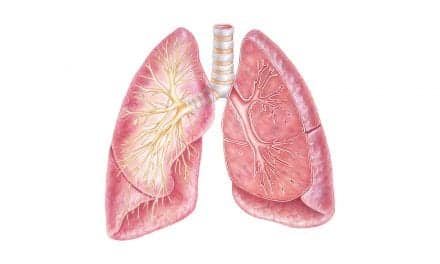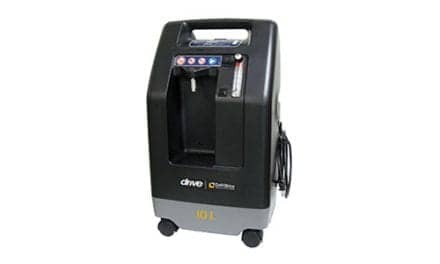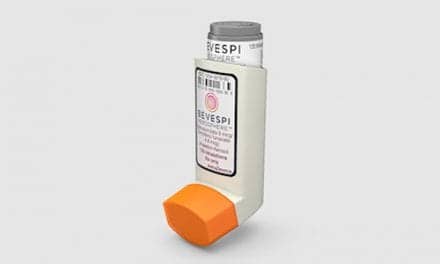The US FDA is alerting healthcare providers and users of Philips Respironics ventilators, BiPAP, and CPAP machines that the company has recalled certain devices due to potential health risks.
According to the FDA alert, the polyester-based polyurethane (PE-PUR) sound abatement foam, which is used to reduce sound and vibration in these affected devices, may break down and potentially enter the device’s air pathway. If this occurs, black debris from the foam or certain chemicals released into the device’s air pathway may be inhaled or swallowed by the person using the device, the FDA warns.
Philips Respironics is recalling the following affected devices manufactured between 2009 and April 26, 2021. For details, see Philips’ Respironics recall notification (PDF).
CPAP and BiPAP Devices
| Device Type | Model Name and Number (All Serial Numbers) |
|---|---|
| Continuous Ventilator, Minimum Ventilatory Support, Facility Use | E30 (Emergency Use Authorization) |
| Continuous Ventilator, Non-life Supporting | DreamStation ASV DreamStation ST, AVAPS SystemOne ASV4 C-Series ASV C-Series S/T and AVAPS OmniLab Advanced+ |
| Noncontinuous Ventilator | SystemOne (Q-Series) DreamStation DreamStation Go Dorma 400 Dorma 500 REMstar SE Auto |
Ventilators
| Device Type | Model Name and Number (All Serial Numbers) |
|---|---|
| Continuous Ventilator | Trilogy 100 Trilogy 200 Garbin Plus, Aeris, LifeVent |
| Continuous Ventilator, Minimum Ventilatory Support, Facility Use | A-Series BiPAP Hybrid A30 (not marketed in US) A-Series BiPAP V30 Auto |
| Continuous Ventilator, Non-life Supporting | A-Series BiPAP A40A-Series BiPAP A30 |
FDA Recommendations
BiPAP or CPAP
- Talk to your healthcare provider to decide on a suitable treatment for your condition, which may include:
- Stopping use of your device
- Using another similar device that is not part of the recall
- Continuing to use your affected device, if your healthcare provider determines that the benefits outweigh the risks identified in the recall notification.
- Using alternative treatments for sleep apnea, such as positional therapy or oral appliances, which fit like a sports mouth guard or an orthodontic retainer.
- Initiating long term therapies for sleep apnea, such as losing weight, avoiding alcohol, stopping smoking, or, for moderate to severe sleep apnea, considering surgical options.
- Follow the manufacturer’s instructions and recommended cleaning and replacement guidelines for your CPAP machine and accessories. Ozone cleaners may worsen the breakdown of the foam, and there are other potential risks associated with the use of ozone and ultraviolet (UV) light products for cleaning CPAP machines and accessories.
- Register your device(s) on Philips Respironics’ recall website to stay informed of updates from Philips Respironics regarding any new instructions or other corrective fixes, which the FDA is requiring.
- Report any problems with a device through the FDA’s MedWatch Voluntary Reporting Form.
Ventilators
- Do not stop or change ventilator use until you have talked to your healthcare provider.
- Alternate ventilator options for therapy may not exist or may be severely limited for patients who require a ventilator for life-sustaining therapy, or in cases where therapy disruption is unacceptable. In these situations, and in the judgment of the treating clinical team, the benefit of continued usage of these ventilator devices may outweigh the potential risks identified in the recall notification.
- Talk to your health care provider about using an inline bacterial filter, which may help to filter out particles of foam, as indicated in the Philips recall notification. At this time, the FDA does not have evidence of the safety and effectiveness of a filter for mitigating the foam risks, and the FDA’s evaluation is ongoing. It is important to note the following considerations:
- Filters will not help to reduce exposure to certain chemicals that may be released from the PE-PUR foam.
- Filters may affect ventilator performance because they may increase resistance of air flow through the device.
- You should closely monitor for possible accumulation of foam debris on the filter or resistance-related problems in the breathing circuit after filter placement.
- Register your device(s) on Philips Respironics’ recall website
- Report any problems with a device through the FDA’s MedWatch Voluntary Reporting Form.
Recommendations for Health Care Providers and Facilities
- Follow the recommendations above for the affected devices used in health care settings.
- Review the recommendations above with patients who use the affected devices.
- Service affected devices and evaluate for any evidence of foam degradation.
- If there is evidence of foam degradation, such as black debris in the device, stop use of the device, if possible, and report any problems with a device through the FDA’s MedWatch Voluntary Reporting Form.










